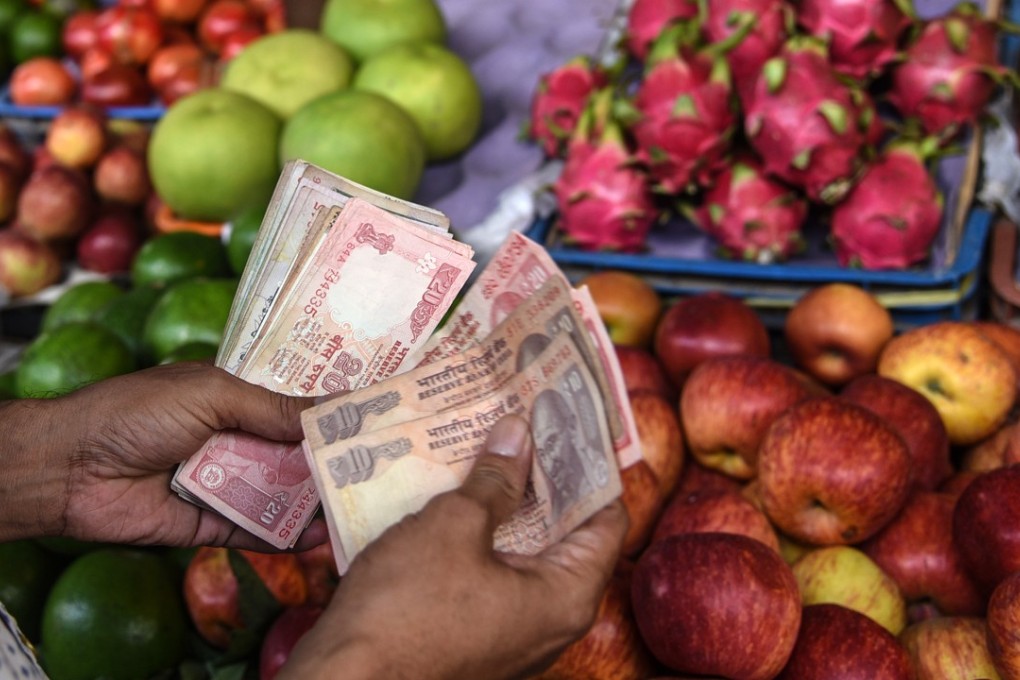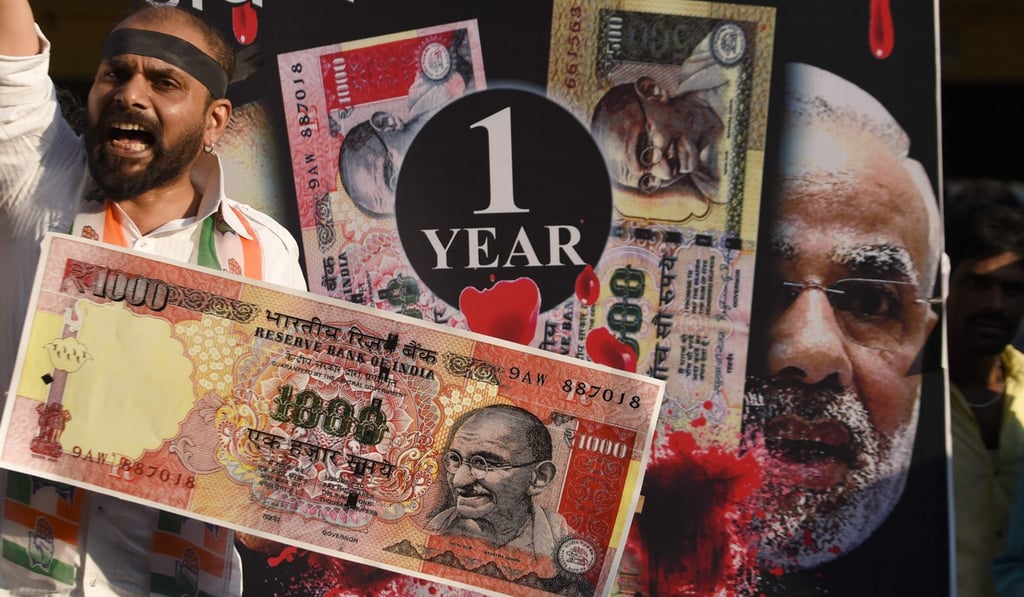Rupee is Asia’s worst performing currency ... but is that so bleak for India?
If there is a crisis in emerging economies, nobody told Delhi – besides, its falling rupee may be a boon for export-oriented tech and pharmaceutical firms

On the last day of August, the Indian government released upbeat gross domestic product (GDP) numbers for the June quarter – 8.2 per cent growth over a year earlier. Since then, though, the news has only been bad. The stock market has fallen every day since, while the rupee has continued its fall, cementing its position as the worst performing Asian currency this year, with a cumulative fall of 12.5 per cent.
The nervousness in the markets, reflecting a broader global bearishness about emerging economies triggered by events in Argentina and Turkey, contrasts with a noticeably more optimistic business mood within the country. This has followed an improved micro story, signalling a revival after a two-year growth slump. Quarterly corporate results for June have been the best in two years, and previously laggard sectors like manufacturing and construction have logged a recovery amid long-awaited signs of a revival in investment.

The key question for the coming months is whether rapid growth is sustainable in the face of the headwinds blowing globally, and which are pushing India’s other macroeconomic numbers off balance. When there are contrasting moods on the micro and macro fronts, usually it is the macro story that prevails. The surge in oil prices, by about 50 per cent in the past year to US$77 per barrel, has caused a sharp uptick in the current account deficit to 2.6 per cent of GDP, while higher pump prices and the falling rupee have sent inflation up to 5 per cent – above the monetary authority’s target rate of 4 per cent, but within the upper bound of 6 per cent.

The price surge prompted the Reserve Bank of India to jack up policy interest rates in June and again in August, by 25 basis points each time to hit 6.5 per cent, with near-universal expectations of a third increase in October and possibly a fourth in December. This is widely expected to slow consumer purchases in the coming festival season. Growth therefore may come off the boil, though most observers expect it to be better than the 7.1 per cent achieved in the year to March 2018.